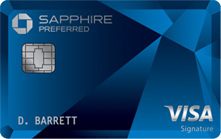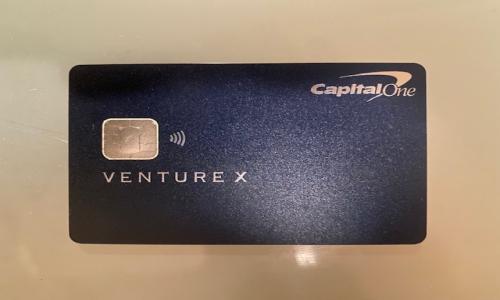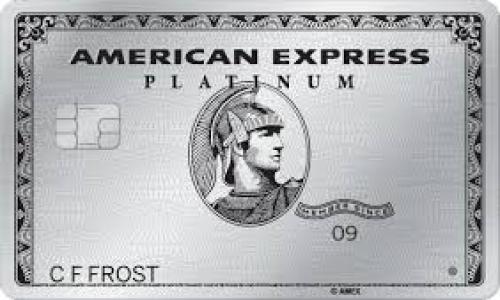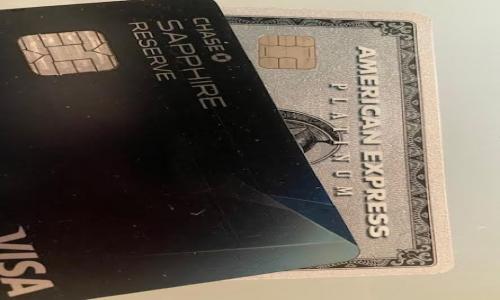Many cards are issued with an interest rate that is set as LIBOR or the Prime Rate, plus an additional specified charge. This means that the interest rate you pay on unpaid balances is equal to the LIBOR or Prime Rate, plus an additional charge, which is set forth in the credit card agreement.
LIBOR and Prime Rate
The first part of the charge, LIBOR or Prime Rate, stands for two different ways interest rates are set by banks and other financial institutions.
LIBOR is an acronym for London Interbank Offered Rate. It is the rate at which banks borrow money for one day, one month, two months, six months, one year, etc., and they pay interest to their lenders based on certain rates. The LIBOR is an average of these rates and varies each day.
Many financial institutions, mortgage lenders and credit card agencies track the rate, which is produced daily at 11 a.m. They then use this rate to fix their own interest rates. These are usually higher than the LIBOR rate and reflect the banks assessment of the risk and credit worthiness of the borrower.
Credit worthy or borrowers seen to be at minimal risk of defaulting, or not repaying their loans, are charged less than borrowers who are assessed as riskier or less credit worthy. These borrowers pay a higher interest rate to compensate the institution for the possibility of not getting its money back.
Prime Rate: as the name clearly states, the Prime Rate is the interest rate that commercial banks charge only their most credit-worthy customers. The prime interest rate, or prime-lending rate, is largely determined by the federal funds rate, which is the overnight rate at which banks lend to one another. It is also important for retail customers, as the prime rate directly affects the lending rates for mortgage, small businesses and personal loans or some credit cards.
Only the banks’ best customers are seen as having only a small risk of defaulting, so only they are charged the “Prime” or best rate. Those not having the best credit worthiness are charged an amount above Prime, to be determined by the banks’ assessment of their default risk.
How LIBOR and the Prime Rate affect your credit card interest rate
If your credit card interest rate is set as some amount above either LIBOR or the Prime Rate these rates will be used as the base for your interest rate charge. Then an additional amount is added on, such as LIBOR or Prime plus, for example, 5%. This means that your total rate will be whatever the LIBOR or Prime rate is, plus an additional 5%. The lower the additional rate is, which is usually determined by your credit worthiness, the lower your interest rate will be compared to a rate that is higher above LIBOR or the Prime Rate.
It’s also important to remember that LIBOR and the Prime Rate are both floating rates, meaning that they can change daily. If your rate is set as a percent above the LIBOR or Prime Rate when the credit card is issued, the rate will usually not vary. However, If your credit card interest rate is set as a percent above a daily LIBOR or Prime rate, the additional amount above LIBOR or Prime will be set, but the base rate itself might go up or down, causing your interest rate to fluctuate. This can lead to surprises in your credit card bill if these rates go up dramatically.
Also, be aware if the credit card agreement says that the amount of the interest rate above LIBOR or the Prime Rate can be changed, based on certain events. This means that your interest rate might be raised an additional amount above LIBOR or the Prime Rate, which can also go up or down.
Read your credit card agreement
It’s always important to read through your entire credit card agreement, even the fine print. When you understand how interest rates are set and when interest charges are added to your credit card account, you’ll be ale to pick the credit card with the best interest rate for you.
To find the credit card that’s most suited to you, go to www.bestcashcow.com and check its offerings.












Add your Comment
use your Google account
or use your BestCashCow account